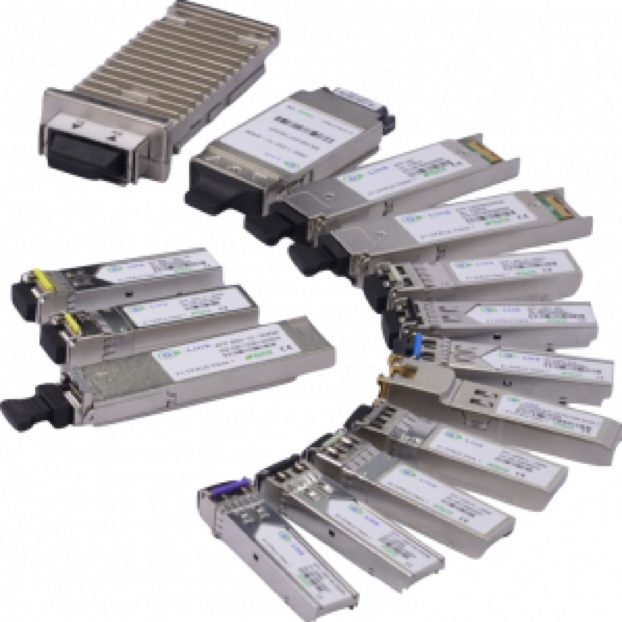When Customers Make Conflicting Requests
Blaze Network Products developed a new technology for optical network transceivers. Their technology and patents were sound, and they had raised sufficient funding to build their first product. The problem? What product to build first.
Optical transceivers are available in many performance, bandwidth and fiber options. Blaze’s technology allowed them to build either faster transceivers for a given length of cable, or transceivers that would drive a given bandwidth across a longer cable. With single-mode and multi-mode fiber choices, and new emerging cable standards, the choice was not easy. So they spent time with engineering groups at the two largest potential customers, Cisco and Juniper networks.
Conflicting Requests
After collaborating for two months, Cisco’s engineering team made a strong case for driving longer cable lengths. But Juniper made an equally strong case for higher bandwidth over existing cable. The only thing they both agreed on was that they would evaluate whatever transceiver Blaze developed against competitive products when it was ready. In other words, all the risk remained with Blaze.
Since neither customer was willing to commit development funding to break the tie, Blaze needed more information to make the best decision. So they took the question to end-users: Enterprises, hospitals, universities, and government agencies that would purchase the equipment from Cisco or Juniper. While end users may not spend much time thinking about fiber optic cable transceivers, they do think very hard about their fiber strategy.
Three Key Findings
After taking to 25 campus IT managers, three findings emerged:
Although new fiber was being installed to every new building…
…existing fiber connections far outnumbered new fiber installations…
And a large percentage of existing fiber connections were ready for performance upgrades
So it became clear that Cisco’s engineering group was targeting the new installations, while Juniper was more interested in the upgrade business (more bandwidth over existing cable). Who was the right choice for first customer?
You Don’t Dig Up the Parking Lot Twice!
To install fiber cables at a corporate or university campus, it is usually necessary to dig trenches in the parking lot or drill holes through building walls. In the words of one Fortune 500 CIO, “You don’t dig up the parking lot twice.” This meant that customers who already had fiber installed were not interested in longer cable runs, no matter what the advantage. They would only purchase equipment that enhanced their installed cable.
The Bet Pays Off
Blaze made the bet on the upgrade market with Juniper, which paid off. Upgrade sales started immediately and grew quickly. Cisco also prospered with higher performance equipment, but with lower volumes and slower growth. Had Blaze bet on Cisco, they would have built a transceiver that was too powerful and too expensive for the majority of the market. Instead, they were successful with a first product that dominated the sweet spot defined by end users.

